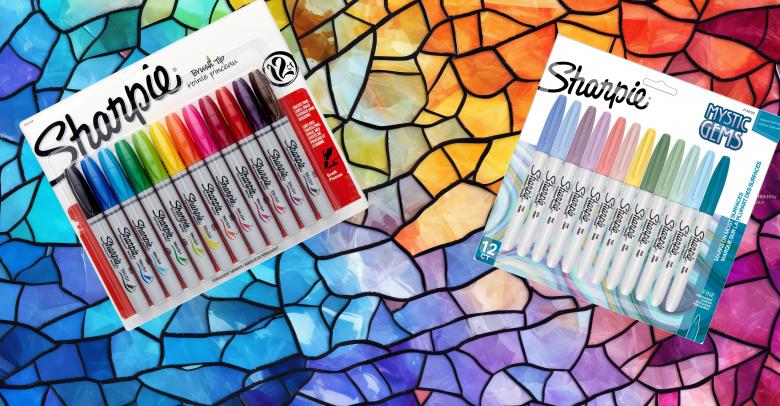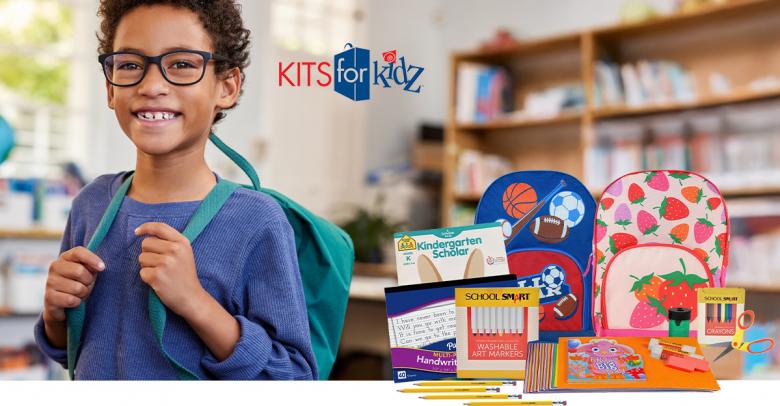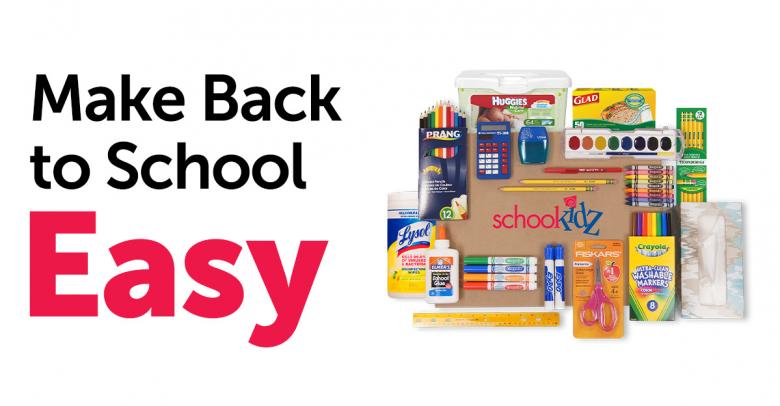Teaching a child to enjoy reading is perhaps the best gift you can pass along to a student. When kids see reading as a treat instead of a chore, they are more likely to stretch their limits and read at a more challenging level. While there’s no magic wand you can wave to turn a reluctant reader into an avid book lover, there are ways to make books more appealing to kids. Think of it as marketing: when a kid walks into the toy aisle at a store, products are displayed in a way that’s specifically designed to make them irresistible to youngsters (who in turn badger their parents into buying the hottest new toy). Educators can apply some of these packaging and display principles to books and entice even the “book haters” to check out a great read.
Give Them What They Want
Your “product” has to have intrinsic appeal. No matter how nicely you dress up, say, socks, no kid is going to get excited about buying socks. Display books that kids want to read. Provide copies of the latest trending series for your age group in addition to standard classroom canon. Be sure to include a mix of hi-lo (high interest, low reading level) material. These types of books can be just the nudge that reluctant readers need to overcome their hesitation. Many kids who claim to hate reading are actually intimidated by books. They often are not strong readers and may not have a lot of reading support outside the classroom. They see books as something at which they will struggle and likely fail. Hi-lo books offer subjects that appeal to kids with text that makes them accessible. They aren’t vocabulary stretchers, but they can help kids build the confidence to eventually try harder books.
Show Off Your Wares
Hesitant readers may be turned off by a boring row of spines on a shelf. Book marketers know that customers are more likely to pick up a book that’s face-out. Children’s book covers are already carefully designed to appeal to their target demographic, so set up a variety of small displays around the room that put those colorful jackets front and center. You can use something as simple as book easels and printed signs or as elaborate as revolving literature racks, depending on your budget. With a few basic guidelines, you’ll have kids flocking to your classroom book displays in no time:
- Remember that less is more. Kids are easily overwhelmed by too much stimuli, so limit displays to groupings of no more than seven or eight books.
- Build displays around themes. If you’re doing a unit on folktales, for example, you could set up a display of variations on the Cinderella story from around the world, or pair original fairy tales with their Disney adaptations.
- Get the kids involved. You could have one rotating display of “kids’ picks” that are decided upon by classroom vote. Or, make “librarian” a classroom job and let a different child curate one of the displays each week.






Leave a Reply